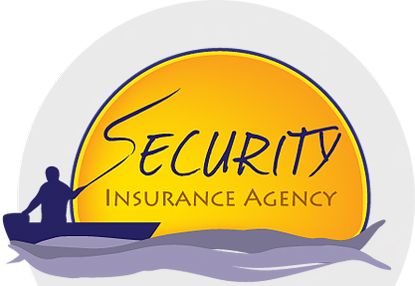Errors and Omissions Insurance (E and O, for short) is needed for a broad range of risks. It provides coverage for inadvertent mistakes, oversights, miscalculations, faulty plans and things related to loss resulting from a mistake made by the person that is considered “knowledgeable” on a specific topic. I carry E and O Insurance because I could make a mistake on an insurance document that results in a claim being denied due to my own negligence (thinking I uploaded an application when in fact I did not for example). Anyone who designs or draws up plans could be held financially liable if those plans or designs fail in any type of way, resulting in a loss to someone else. That example can become insurable if the person carries E and O Insurance.
Anytime you are dealing with legal documents or something that will be made public, the expectation of accuracy is inherent and therefore the possibility of a mistake or oversight exists, opening you up to a claim that only Errors and Omissions Insurance will cover. E and O is not included in most General Liability policies (maybe by endorsement) so this is a separate policy or an added endorsement that is needed in addition to the General Liability policy. The easiest way to think of this is that if a client you have relies in any measure on the fact that “you know what you are doing”, you have an E and O risk that is uninsured unless you have an E and O policy. Any time you make a recommendation on anything, an E and O risk exists. Web site developers have E and O risk because they may put something false on the page completely by accident that results in a claim against their client for false advertising. There are many ways E and O risks can be insured, so if there is any question at all as to whether or not you have uninsured risk for Errors and Omissions, your best bet is always to consult with an insurance agent.

